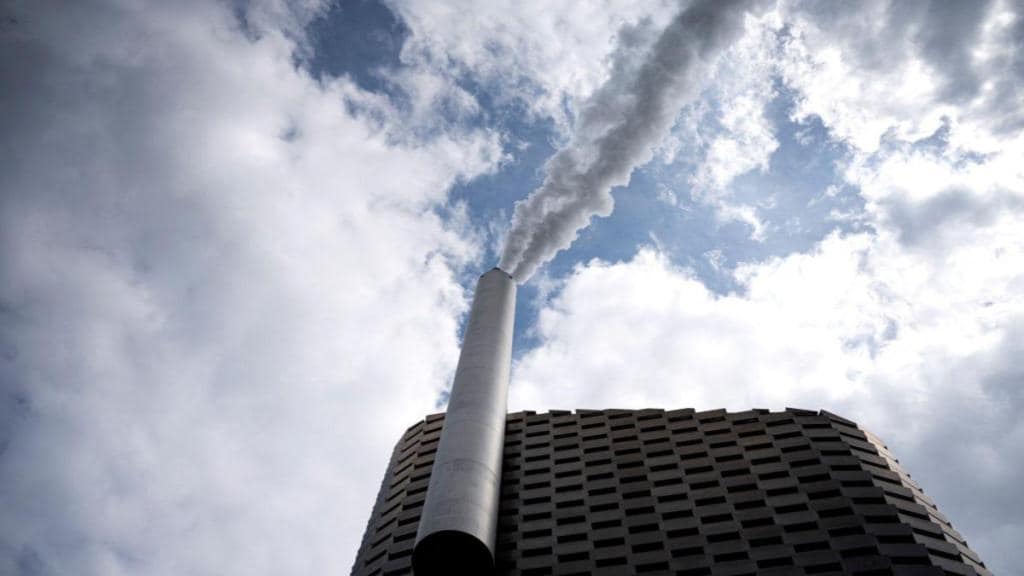The Carbon Border Adjustment Mechanism (CBAM) ruling on exports to the European Union (EU) will have a limited impact on the domestic primary aluminium producers, according to a report by ICRA. It further added that this is because the present notification covers the financial impact w.e.f January 1, 2026, on direct process-related emission only, while excluding the indirect emission, which contributes around 80 per cent to the total emissions in the primary aluminium production process. The indirect emission primarily results from the production of electricity that is subsequently consumed in the smelting process.
The European Union signed the CBAM regulations in May 2023, laying the framework for the imposition of taxes on embedded carbon imports from six sectors, which includes aluminium, steel, cement, hydrogen, electricity, and fertiliser. Initially during the ‘transitional phase’ between October 1, 2023 – December 31, 2025, the focus will be on the reporting of carbon, but without any financial adjustment for EU importers. However, from January 1, 2026, the EU importers will have to buy CBAM certificates, corresponding to the embedded emissions above the EU Emission Trading System (EU-ETS) benchmark levels.
Jayanta Roy, Senior Vice-President and Group Head, Corporate Sector Ratings, ICRA, said, “India had exported around 0.7 mmt (24 per cent of total export) of primary aluminium to European countries in FY2023. However, unlike steel, the CBAM is not expected to materially impact the export competitiveness of the domestic primary aluminium players, as the taxes arising from CBAM are likely to remain in the range of US$ 50-140/MT between (calendar year – CY) CY2026 to CY2034, which would be 2-6 per cent of the current aluminium prices. However, in case the indirect emission is also included in future, then the impact would be severe, equivalent to 27-30 per cent of the current aluminium prices, as domestic entities are significantly dependent on the coal-fired power plant for sourcing electricity. This is unlike the situation in the European Union, which has mostly switched to hydro power with almost 60 per cent lower carbon intensity.”
After the end of the transition period ending December 31, 2025, the phasing-out of free allocations to EU-based primary aluminium producers operating under the EU-ETS will take place parallelly with the phasing-in of CBAM over the subsequent eight years (CY2026-CY2034).
The benchmark EU-ETS free allocations for primary aluminium currently stands at a level, which is around 30 per cent lower than the average direct emission intensity of the leading domestic primary aluminium players, ICRA said. Despite that, it added, the financial impact would be limited at 2-6 per cent of the current aluminium prices as the share of direct emission in total emissions is very limited. Also, the inclusion of indirect emission is unlikely to happen in CBAM until the electricity grid in the EU is entirely decarbonised.
Jayanta Roy added, “Domestic aluminium manufacturers have the highest carbon intensity of nearly 17-20t CO2e/tonne of aluminium compared to global average of 15.1t CO2e/tonne of aluminium. Notable emission-reduction pathways include significant usage of renewable power and adopting the technologies related to reduce process emissions like carbon capture and storage and inert anodes. However, this transition towards emerging low-carbon technologies, primarily shifting to RE power, could entail significant capital investments. Nonetheless, instead of doing an upfront capex, entities may choose to sign power purchase agreements to secure RE power.”


